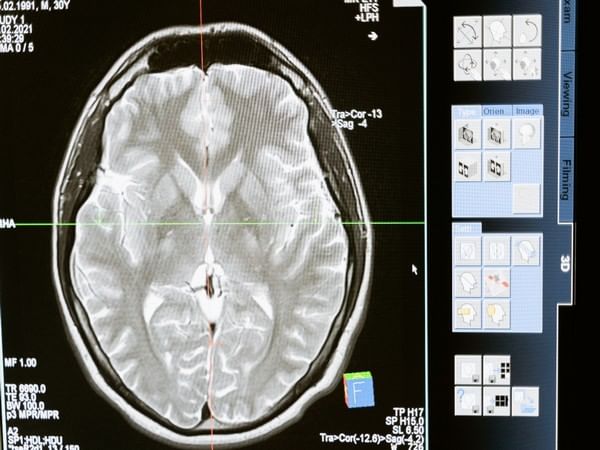Washington [US], August 25 (ANI): Research in mice has cast new light on the molecular mechanisms that underlie spatial mapping in the brain. Scientists have found that a gene called Fos plays a key role in helping the brain use specialized navigation cells to form and maintain spatial maps.
Just how the brain forms these spatial maps is astoundingly complex — a process that involves an intricate molecular interplay across genes, proteins, and neural circuits to shape behavior. Perhaps unsurprisingly, the precise steps of this multiplayer interaction have eluded neurobiologists.
Now, scientists, through a multilab collaboration within the Blavatnik Institute at Harvard Medical School, have made a major advance toward understanding the molecular mechanisms that are involved in the creation of spatial maps in the brain.
The new study, conducted in mice and published August 24 in Nature, establishes that a gene called Fos is a key player in spatial mapping, helping the brain use specialized navigation cells to form and maintain stable representations of the environment.
“This research connects across the different levels of understanding to make a pretty direct link between molecules and the function of circuits for behavior and memory,” said senior author Christopher Harvey, associate professor of neurobiology at HMS. “Here we can understand what’s actually underlying the formation and stability of spatial maps.”
If the findings translate into humans, they will provide crucial new information about how our brains construct spatial maps. Eventually, this knowledge could help scientists better understand what happens when this process breaks down, as it often does as a result of brain injury or neurodegeneration.
“Our two laboratories are about as far from each other in terms of what we do as any in the department, but we’ve come together to study how molecules interact with neural circuits that control learning, memory, and behavior,” Greenberg said.
“This was a natural and exciting collaboration to learn that Fos plays a role in spatial memories and spatial navigation,” Harvey agreed. “It’s hard to be an expert in all these different levels of neurobiology, but by working together, the two labs have been able to bridge the gap.”
Beyond the science, the researchers emphasized that the research represents an unusual partnership between a laboratory that studies cellular and molecular mechanisms and one that focuses on animal behavior and neural circuits. (ANI)
This report is auto-generated from ANI news service. ThePrint holds no responsibility for its content.






